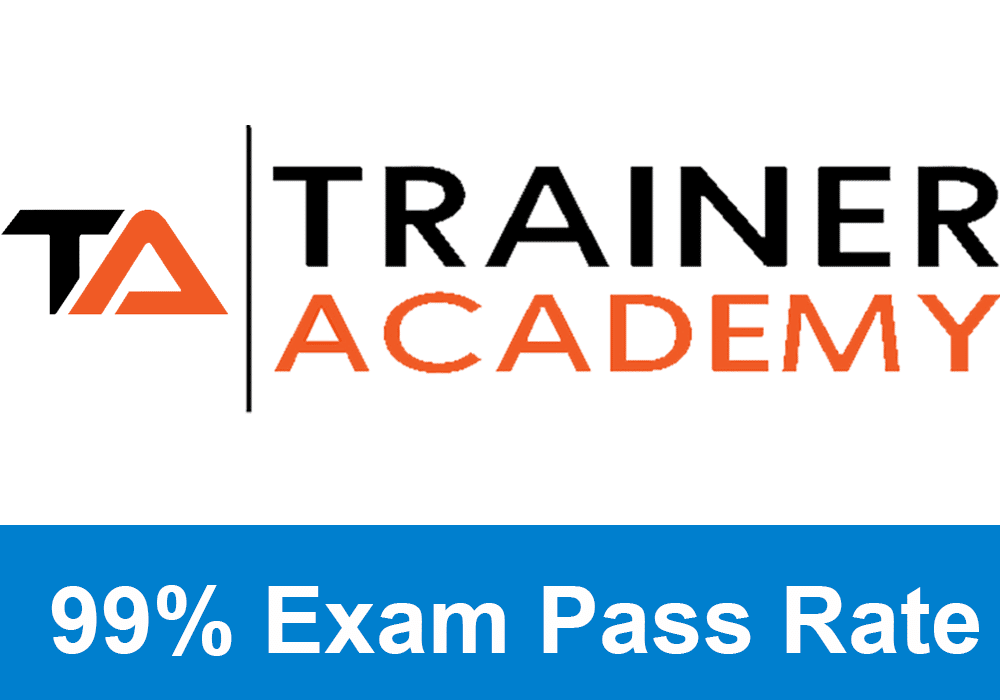
Yet to sign up for the ISSA nutrition cert? My site visitors get a special discount here. You can even get this nutrition cert for free with the purchase of their personal trained cert (an excellent combo).
Chapter Goals:
- Describe and define the terms that are relating to the female athlete triad.
- Know the symptoms that exist for the female athlete triad.
- Know which diseases related to nutrients are of concern for the female athlete and how they can be reduced with adequate intake of food/supplements.
Female Athlete Triad
This is a set of symptoms that all come together to make this triad. There will be three of them, hence the word triad. They have devastating effects on the victims. It is not just relevant for athletes, as all adults can benefit from knowing this, but it is more commonly seen in the athletic population.
Health professionals should be well aware of the symptoms of these disorders, and athletes should be too, so that they can work with health professionals to overcome them or prevent them.
The symptoms of the female athlete triad are:
- Disordered eating is any abnormal or dysfunctional eating patterns that result in the improper intake of calories and nutrients. This can be present with or without an actual eating disorder.
- Amenorrhea: is the loss of the menstrual cycle or just very irregular ones.
- Osteoporosis: is a well-known bone disease that causes the bones to become porous, fragile, and very prone to breaking.
These terms for the symptoms are evolving with research and they may exist in similar but not completely the same meaning definitions.
The early diagnosis of the female athlete triad symptoms is key for preventing the associated health risks. The first and most often easiest is the irregularity of the menstrual cycles. Some other first things to notice would be stuff like the loss of weight coming out of nowhere, low percentages of body fat, and some physical problems. And it is important to know that these three symptoms of the triad are all independent problems that may need to be treated alone due to not having any meaning toward the whole triad of problems.
Who is at risk?
Those with poor nutrition and athletes that train very strenuously are considered the most at risk, as those are the root causes. As we know, not having the appropriate nutrition is a known creator of deficiencies in many areas. The loss of weight can be from reductions in body fat, lean mass, and just water weight potentially.
These conditions might cause problems with the menstrual cycle and would show that there is evidence for overtraining and poor nutrition. If the problem continues, then we see osteoporosis and other health problems start to come along. So, it is crucial to catch it early on and always have an eye out for it.
The sports that are known to have some nutrient deficiencies caused by participation are the most often found with this triad. These are long distance running sports, cycling, swimming, figure skating, martial arts, and other sports where weight control is demanded. But it is not crazy to see it in any other sport, either.
Menstrual irregularities, an Early Warning Sign
Amenorrhea is seen in very few nonathletic females and has a much higher frequency in the athletic population. We see two forms of this:
Exclusive PTP CPT Offers |
||
|---|---|---|
Most Popular Cert | Best Online NCCA Cert | Best Study Materials |
Gold Standard Cert | A Good Option | Best CPT for you?  |
Primary amenorrhea is the first, and it is when the menstrual cycle is absent by the age of 15 or 16 in females that already have their developed secondary sex characteristics. This is of dire importance, as teenage female athletes are still growing and maturing, so we should do our best to give it serious attention and prompt treatment medically.
Secondary amenorrhea is when the menstrual cycle is lost for 3 or 4 months, which is not caused by pregnancy. More than a 35 day interval between periods is also known as an irregularity. This is the first warning sign.
I thought that exercise helps to prevent osteoporosis; can you elaborate on that point?
Osteoporosis is what we use to describe decreases in the mass of the bones. This causes the bone mineral density to lower and the overall strength of the bones to be compromised. Being on a proper diet and exercising is known to treat osteoporosis, but there are connections between amenorrhea and osteoporosis occurring.
It should be noted that males are also at risk for developing osteoporosis due to improper nutrition; it is just less common to see.
Measures to take to prevent the female athlete triad
Adequate sports nutrition programming is the first thing to prevent this. There should be supervision by a physician and other health professionals like nutritionists and fitness trainers. Some people might even require some form of behavioral therapy, especially with any incidences of eating disorders.
Dietary supplements have been discussed well throughout the book as ways that we can use to meet the gaps that exist in nutrition. A focus could be put on those vitamins and minerals that help to combat the symptoms of the female athlete triad. These are seen as vitamin D, Calcium, and Folic Acid.
Corrective treatments exist and may require reductions in the exercise and training volume that is received, a restoration of the lean body mass, and maybe increases in the body fat composition if it has dropped to one of the lower levels for the gender and age group the athlete is in.
A last useful habit of getting into is using a training journal to log the athlete’s life.
Adequate Calcium and Vitamin D intake and the Reduction of Osteoporosis
Proper nutrition, especially the proper intake of these two important nutrients, can counter osteoporosis.
Adequate Folic Acid Intake and Reduction of Neural Tube Birth Defects
Medically supervised folic acid supplementation or even higher dosages of these supplements effectively reduce this risk. It is less than a 100 percent sure reduction in the risk, but still very significant.

 Have a question?
Have a question? 



Tyler Read
PTPioneer Editorial Integrity
All content published on PTPioneer is checked and reviewed extensively by our staff of experienced personal trainers, nutrition coaches, and other Fitness Experts. This is to make sure that the content you are reading is fact-checked for accuracy, contains up-to-date information, and is relevant. We only add trustworthy citations that you can find at the bottom of each article. You can read more about our editorial integrity here.